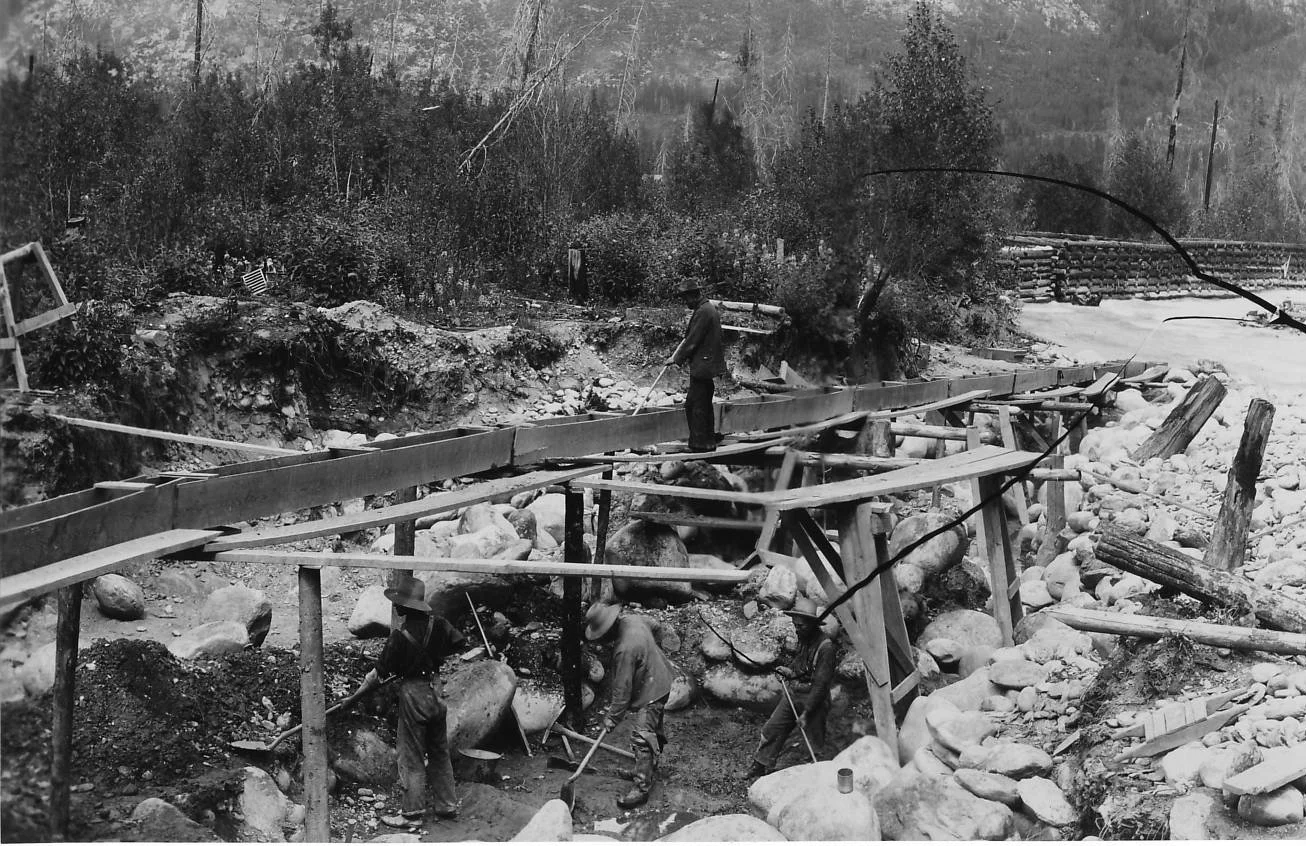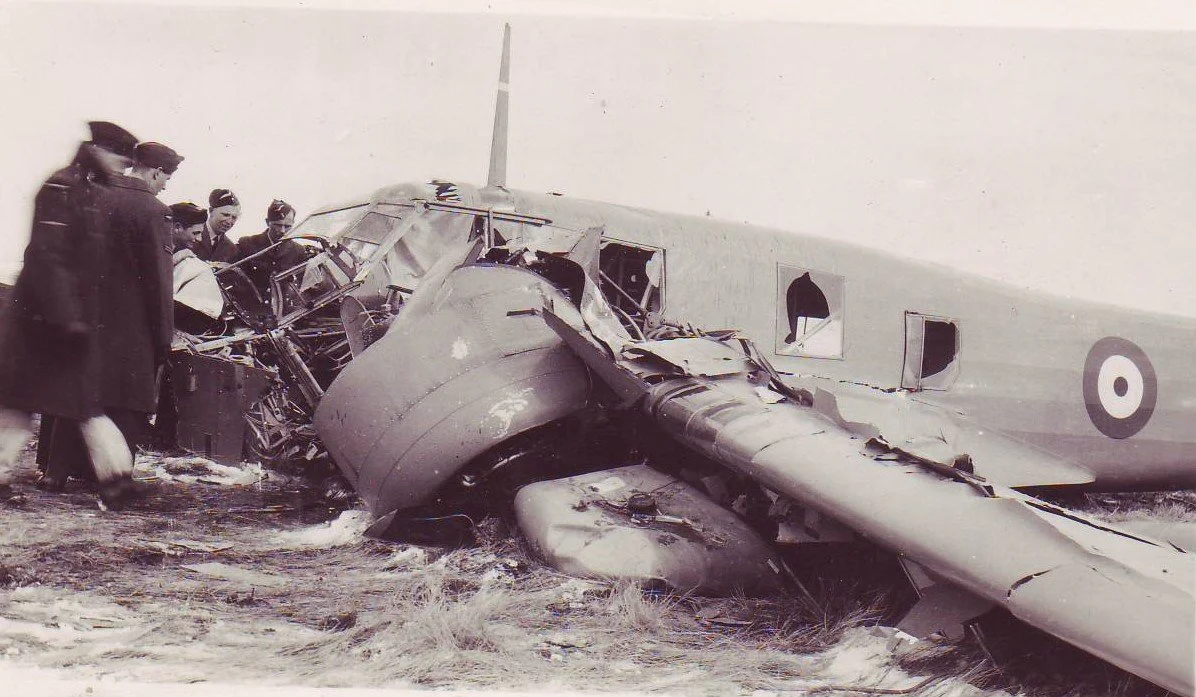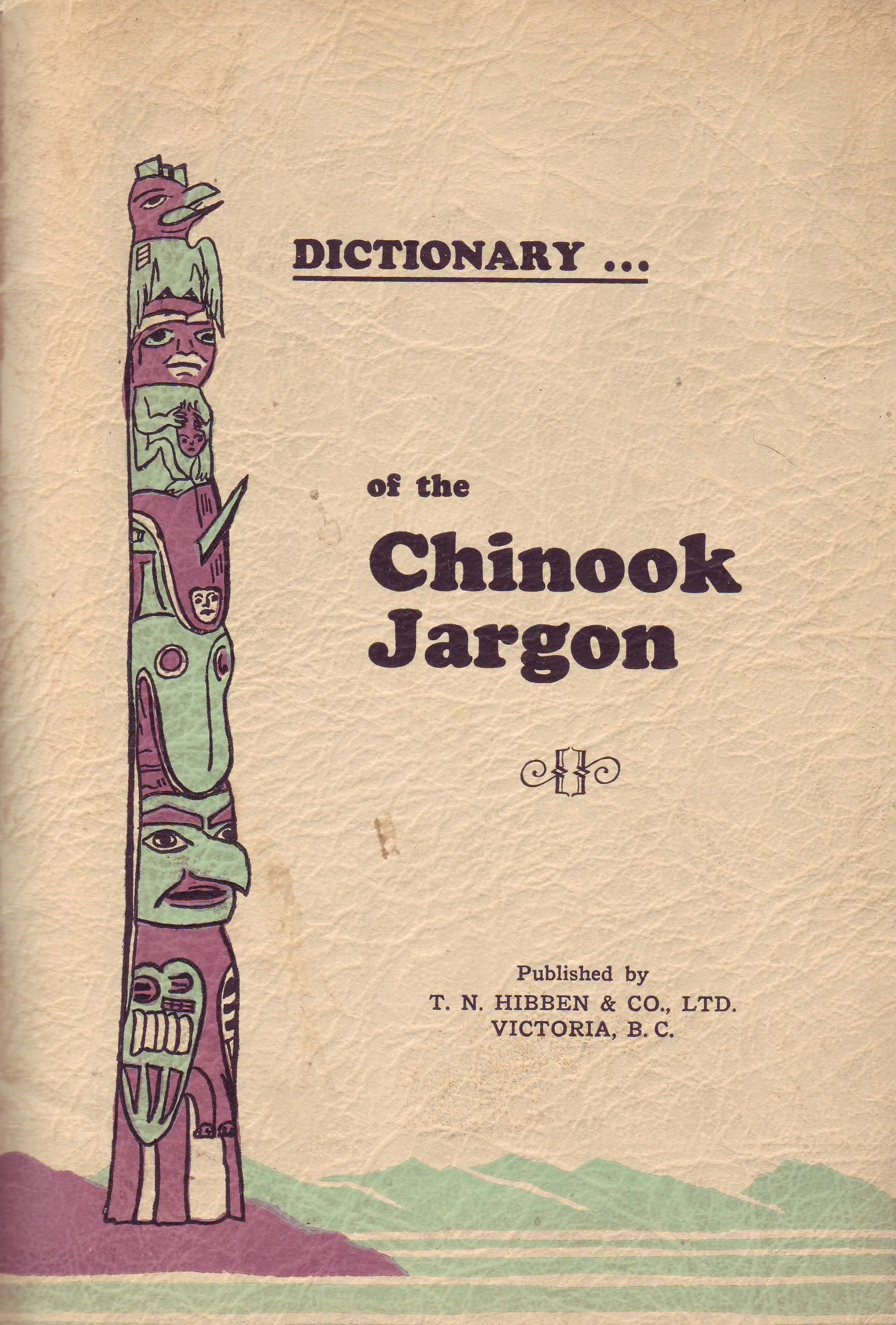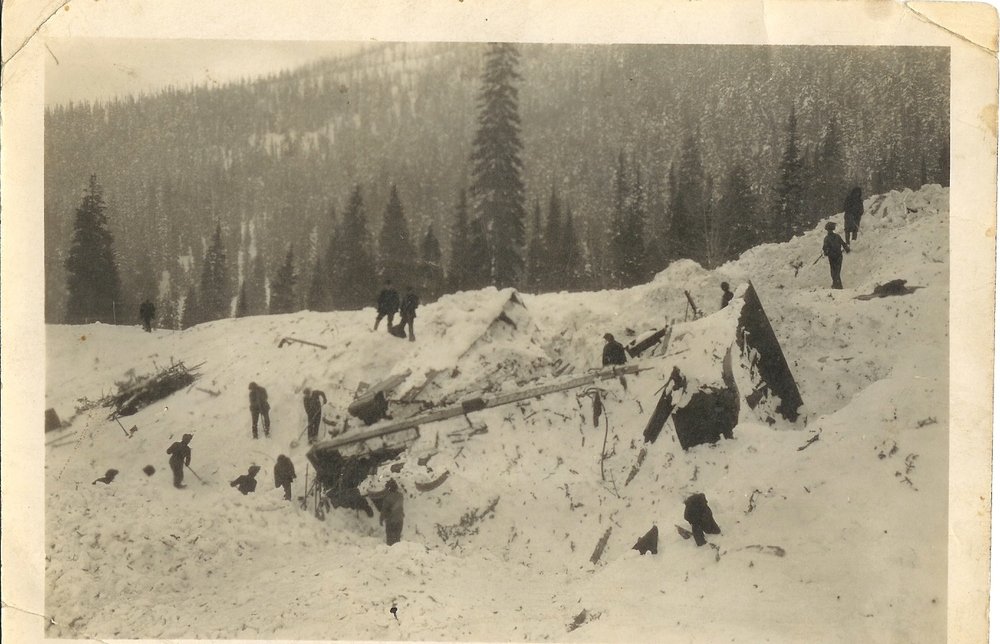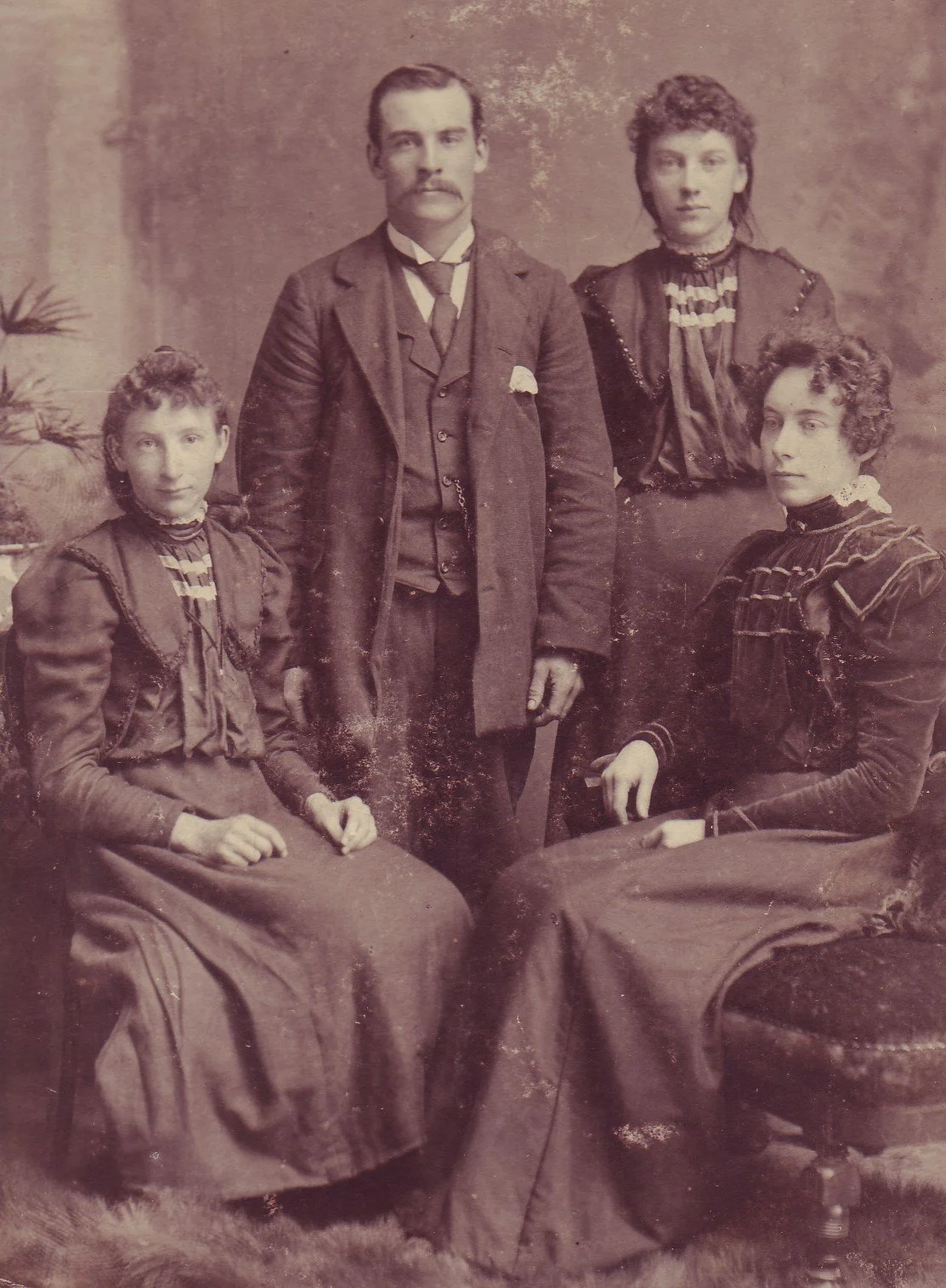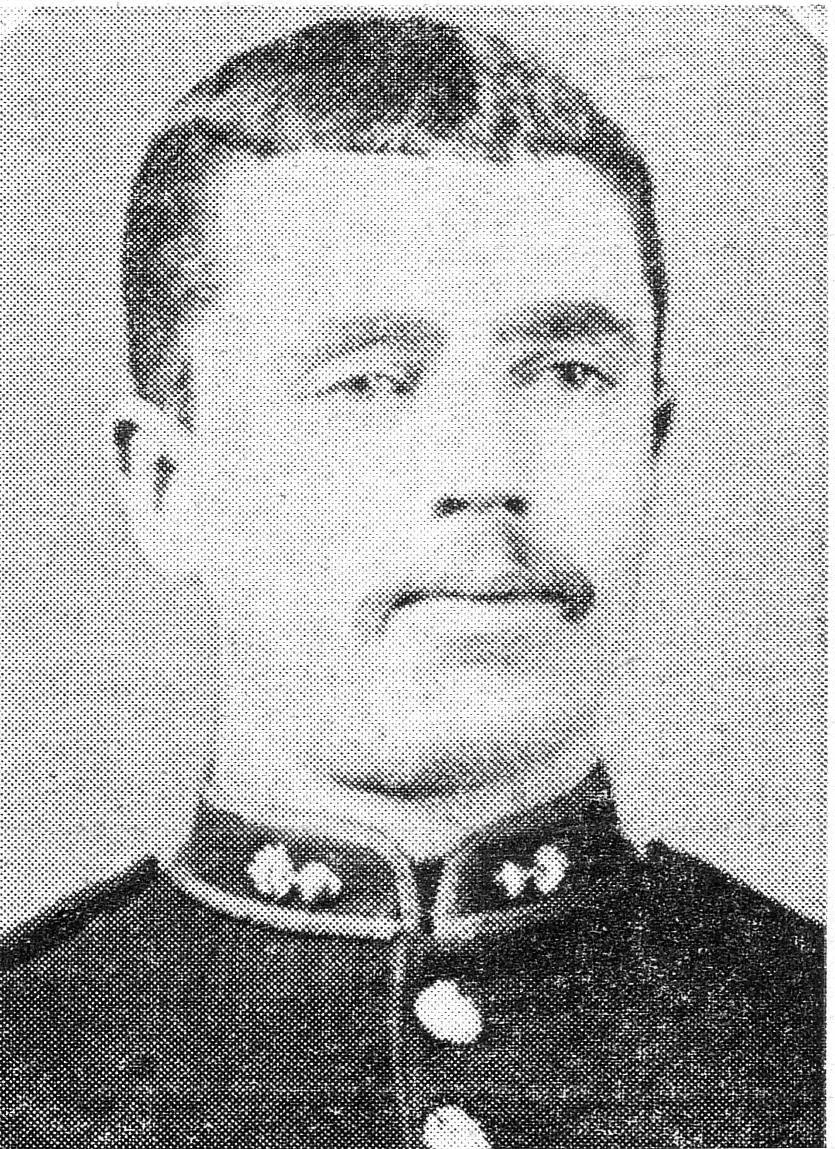Gold!
It’s one of the most powerful words in the English language, able to, literally, move mountains.
One hundred and 65 years ago, El Dorado was the almost unknown hinterland of British Columbia. No matter that almost no one in the western world had heard of it or even knew where it was; it only mattered that any man or woman who could scrape together a ship’s passage and a grubstake had a chance to strike it rich!
Among the estimated 30,000 fortune seekers who descended upon B.C. shores was a young English chemist (pharmacist) named Henry Guillod. He and his companions didn’t make their fortunes, they even lost their shirts in the process. It’s a great story.
That’s next week in the Chronicles.
*******
Read More

